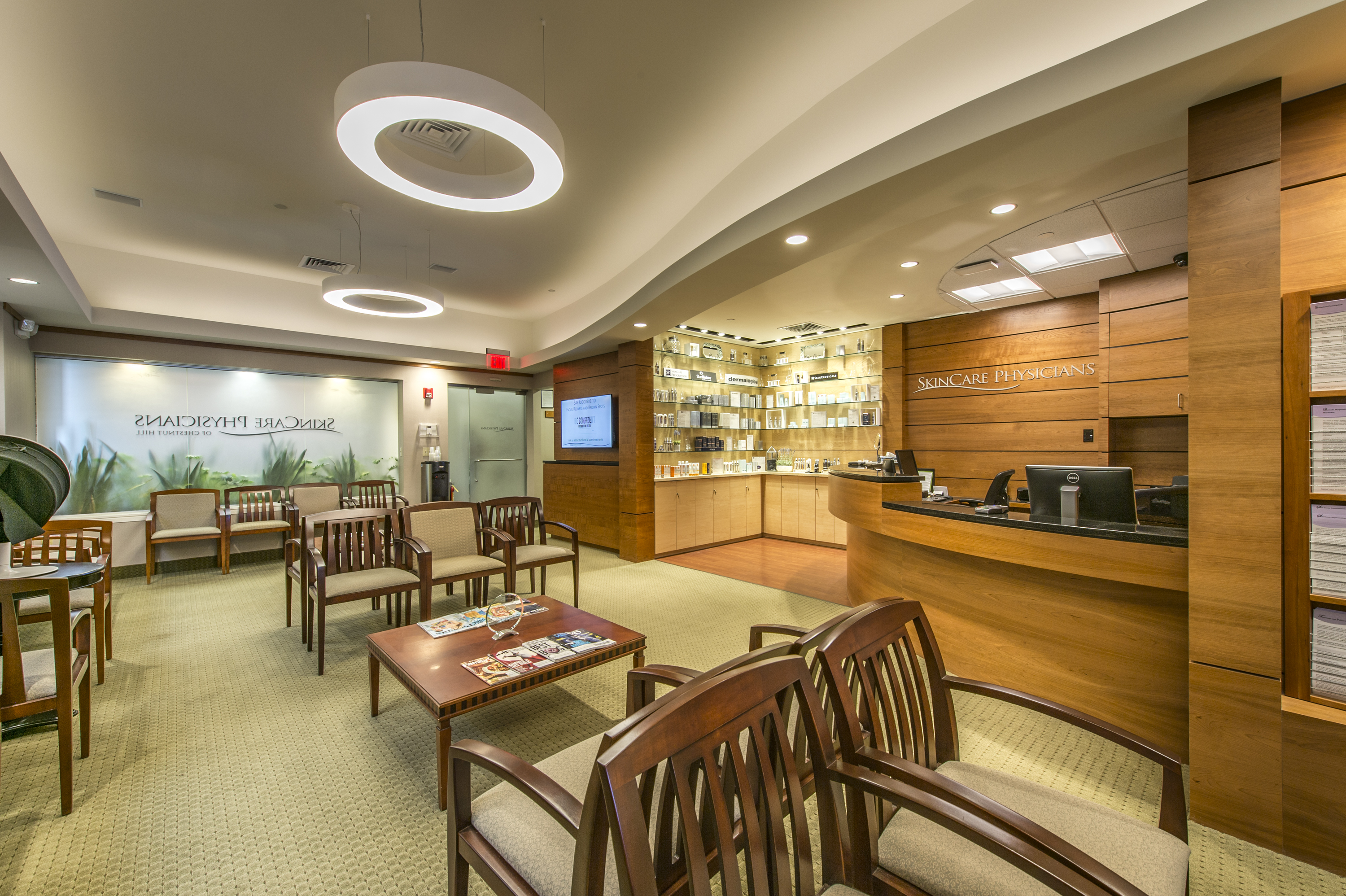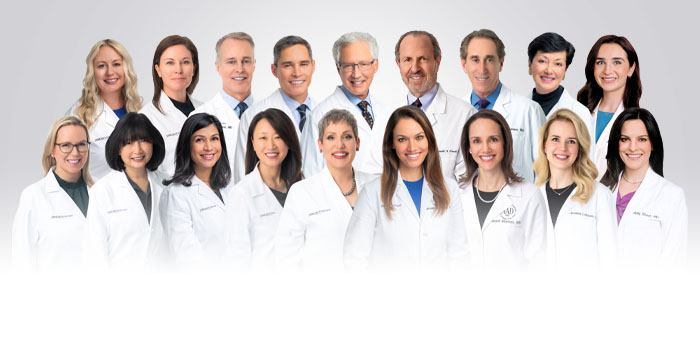How to keep acne at bay during the school year: A dermatologist’s tips
 It’s that time of year again, when students head back to school. Unfortunately, this season often brings with it acne flares for high school and college students, pimples and blackheads that accompany books and laptops! Acne is a chronic skin condition that involves the face, neck, chest and back. The sebaceous glands in these areas become overactive, often stimulated by the hormonal changes of puberty. Acne cannot be cured, but there are many treatments available. It can be discouraging for students who might have had their acne under excellent control during the summer months to suddenly find that their acne begins to flare with the start of the academic year. Continue reading to discover Dr. Robin Travers’ 4 S’s of school-related acne: what causes it and how best to address it.
It’s that time of year again, when students head back to school. Unfortunately, this season often brings with it acne flares for high school and college students, pimples and blackheads that accompany books and laptops! Acne is a chronic skin condition that involves the face, neck, chest and back. The sebaceous glands in these areas become overactive, often stimulated by the hormonal changes of puberty. Acne cannot be cured, but there are many treatments available. It can be discouraging for students who might have had their acne under excellent control during the summer months to suddenly find that their acne begins to flare with the start of the academic year. Continue reading to discover Dr. Robin Travers’ 4 S’s of school-related acne: what causes it and how best to address it.
STRESS
Without a doubt, the academic year carries with it immense stresses for high school and college students. School work load, peer competition, frequent tests and other assessments, and social pressures all contribute to student stresses. This kind of stress is widely thought to be a trigger for acne. In fact, a 2003 study demonstrated that acne severity was worsened during midterm and final exam periods among Stanford students. Neuropeptides and stress hormones such as cortisol, may all play a role in increasing the inflammation around the sebaceous hair follicles, intensifying acne that may already be present. Of course, stress reduction among students is a challenge. Improving a student’s support system, limiting social media, exercise, and attention to nutrition and hydration status can all be helpful. Ensuring that students have an outlet from stressful activities is also essential: journalling, yoga, noncompetitive athletic activities, and extracurricular activities can all contribute to lessening stress.
SLEEP
Lack of sleep and sleep disruption is common among high school and college students: late night study sessions, parties, and stress can all contribute to sleepless nights. Several studies have suggested that poor sleep quality contributes to the worsening acne that may be seen among students. Careful attention to “sleep hygiene” can be a hard sell for students with overburdened schedules: many cut back on sleep hours in order to make room for other activities. Some suggestions:
- Set the sleep environment up for success: use white noise machines to lessen the impact of sounds (especially worthwhile in a dorm setting!), and minimize light distractions in bed. This means setting aside the phone and the laptop!
- Try to wake up and go to sleep at the same time every day. Maintaining a regular schedule like this has been shown to improve the quality of sleep.
- Try to keep the room as cool as possible to facilitate sleep.
- Exercise regularly, but not right before bedtime.
- Avoid caffeinated beverages after noon.
- Avoid alcohol or nicotine before bedtime.
SPORTS
With the beginning of the academic year comes the start of many sport seasons! Sweat can contribute to acne, especially when coupled with the use of athletic gear. Acne can often worsen under chin straps, helmets, and football or hockey padding. Solutions for athletes include:
- Keep gear as clean as possible.
- Try to wash immediately after a workout or a game, in order to rinse the sweat off the body.
- If washing or showering immediately after a workout is not feasible, using a cleansing wipe to clear away the residual grime and sweat can be helpful. Keeping products like Neutrogena Rapid Clear Treatment Pads in your gym bag or locker ensures easy access when a shower is not an option.
SIMPLIFY
Many acne patients have a complex regimen that helps keep their acne under control. With the beginning of the academic year, the time crunch can make it difficult to keep up with such a regimen. Work with your dermatologist to identify ways to streamline your routine so that it can be maintained even during the hectic school year.
If your acne continues to worsen during the academic year despite these steps, the dermatologists at SkinCare Physicians are available to help troubleshoot your regimen. Please call our office at 617 731-1600 to schedule an appointment.
You may also like
Can diet affect acne?
Teen acne: Myths, facts and solutions
Topical acne treatments: what’s new?



Leave a Reply